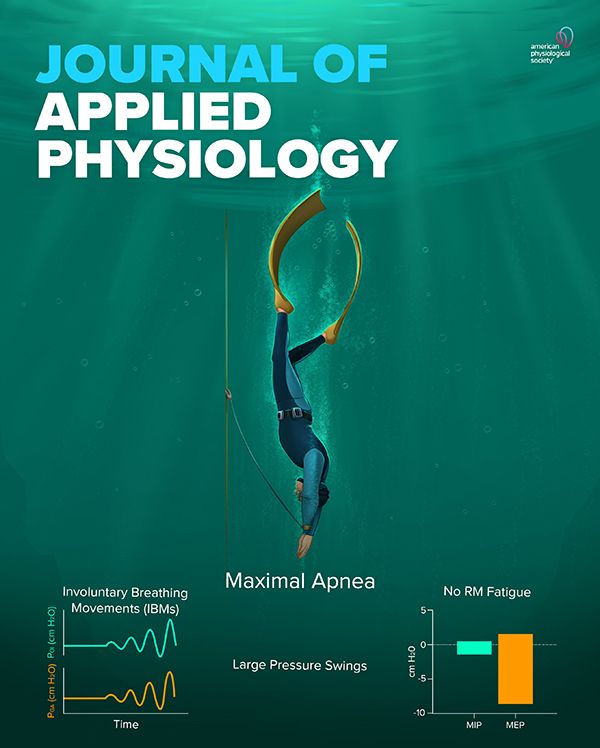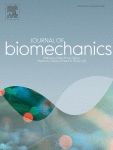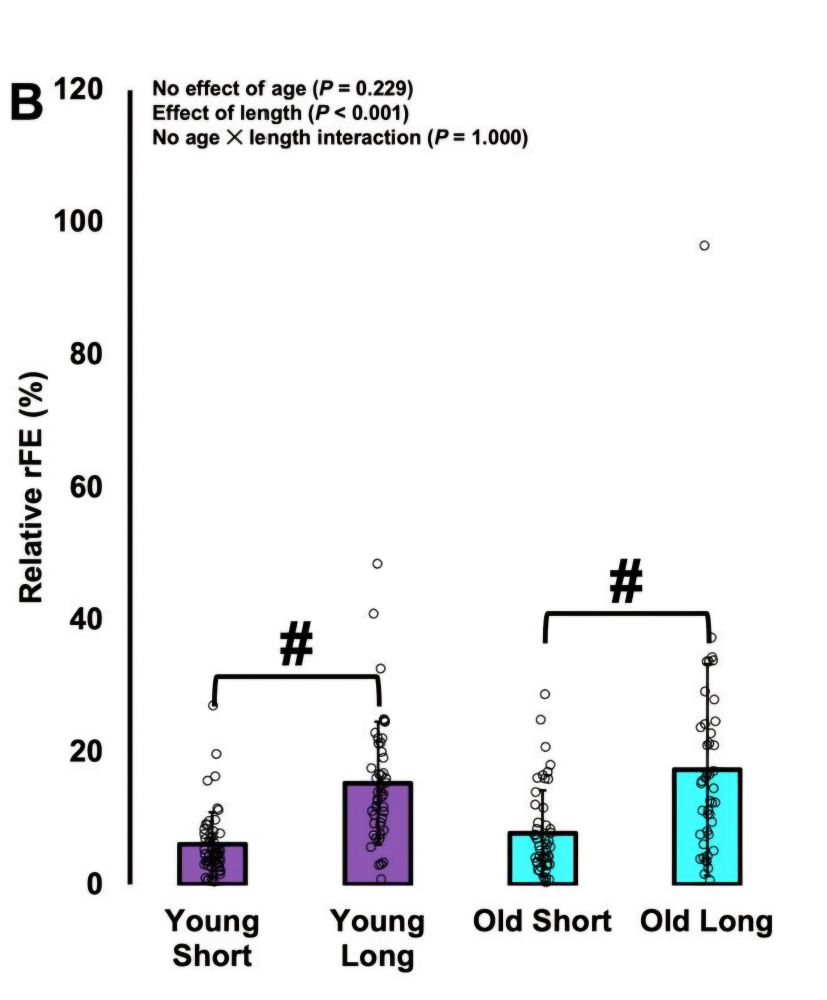
Literature review: “The importance of serial sarcomere addition for muscle function and the impact of aging”
journals.physiology.org/doi/full/10....
app.jove.com/t/68858/cons...
Step by step guide on Construction of Constant-Load (Isotonic) and Constant-Velocity (Isokinetic) Torque-Velocity-Power Profiles In vivo for the Rat Plantar Flexors
Video to follow!
The mechanical loading environment associated with eccentric exercise is one of the key stimuli to trigger sarcomerogenesis: It’s a stretch to say eccentric exercise does not promote serial sarcomerogenesis
Commentary on:
www.sciencedirect.com/science/arti...
The mechanical loading environment associated with eccentric exercise is one of the key stimuli to trigger sarcomerogenesis: It’s a stretch to say eccentric exercise does not promote serial sarcomerogenesis
Commentary on:
www.sciencedirect.com/science/arti...
books.google.ca/books?hl=en&...

books.google.ca/books?hl=en&...
There was no difference in the response to muscle damage when females were in a low or high estradiol state.
doi.org/10.5114/biol...

There was no difference in the response to muscle damage when females were in a low or high estradiol state.
doi.org/10.5114/biol...
Fatigue in people with Parkinson's disease.
www.sciencedirect.com/science/arti...
@uofguelph.bsky.social
@hplburr.bsky.social
@hinksave.bsky.social
Millar Lab

Fatigue in people with Parkinson's disease.
www.sciencedirect.com/science/arti...
@uofguelph.bsky.social
@hplburr.bsky.social
@hinksave.bsky.social
Millar Lab
www.sciencedirect.com/science/arti...
Latest work from the PowerLab Ethan & @hinksave.bsky.social

www.sciencedirect.com/science/arti...
Latest work from the PowerLab Ethan & @hinksave.bsky.social
Dr. Power will handle manuscripts on #musculoskeletal #physiology and #neural control of movement
www.uoguelph.ca/hhns/people/...
@physoc.bsky.social
@apspublications.bsky.social

Dr. Power will handle manuscripts on #musculoskeletal #physiology and #neural control of movement
www.uoguelph.ca/hhns/people/...
@physoc.bsky.social
@apspublications.bsky.social
Happy to chat!!

Happy to chat!!
We looked at the trajectory of age-related serial sarcomere loss across young (8 mo), middle-aged (20 mo), old (32 mo), and very old rats (36 mo) in 5 different muscles. A simple study but it provided a lot of cool insight!
SSN loss contributed to the loss of muscle mass. Increasing SSN is a target for improving muscle performance in old age. @hinksave.bsky.social
www.biorxiv.org/content/10.1...

We looked at the trajectory of age-related serial sarcomere loss across young (8 mo), middle-aged (20 mo), old (32 mo), and very old rats (36 mo) in 5 different muscles. A simple study but it provided a lot of cool insight!


I'll post screenshots in my biomech class.
#myoblue
@hesselanthony.bsky.social @taylorjmdick.bsky.social @neuromechahnics.bsky.social @mvfranchi.bsky.social @hinksave.bsky.social @birdbiomech.bsky.social
I'll post screenshots in my biomech class.
#myoblue
@hesselanthony.bsky.social @taylorjmdick.bsky.social @neuromechahnics.bsky.social @mvfranchi.bsky.social @hinksave.bsky.social @birdbiomech.bsky.social
www.sciencedirect.com/science/arti...
A line of questioning wrt foot skin electrical stimulation on rate of force development

www.sciencedirect.com/science/arti...
A line of questioning wrt foot skin electrical stimulation on rate of force development
📢 latest work out of the PowerLab
Residual force enhancement is not altered while force depression is amplified at the cellular level in old age
journals.biologists.com/jeb/article/...

📢 latest work out of the PowerLab
Residual force enhancement is not altered while force depression is amplified at the cellular level in old age
journals.biologists.com/jeb/article/...

📢 latest work out of the PowerLab
Residual force enhancement is not altered while force depression is amplified at the cellular level in old age
journals.biologists.com/jeb/article/...
Congrats to @hinksave.bsky.social on making it to the grad student presentation finals. A masterclass on age related changes to muscle morphology and function. 💪🏻


Congrats to @hinksave.bsky.social on making it to the grad student presentation finals. A masterclass on age related changes to muscle morphology and function. 💪🏻





